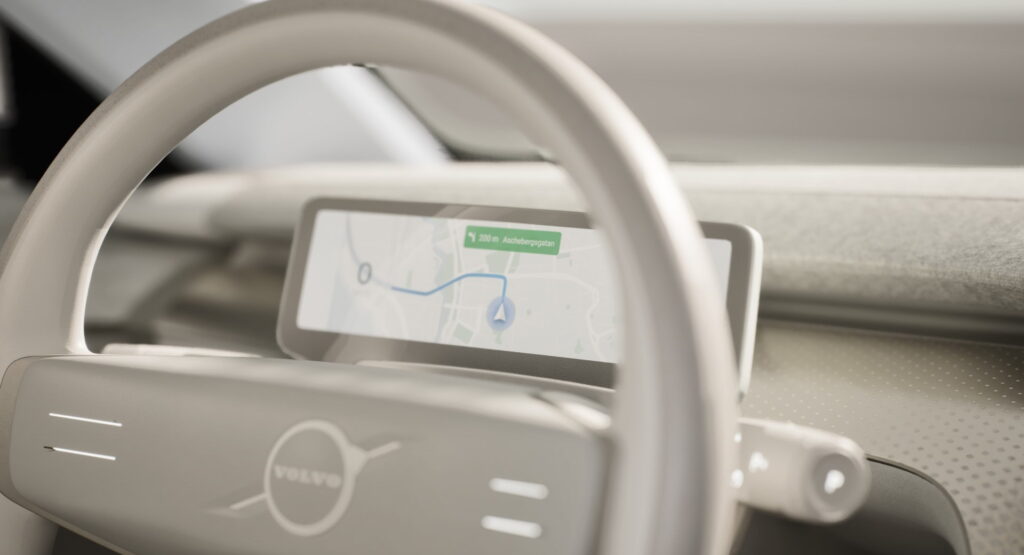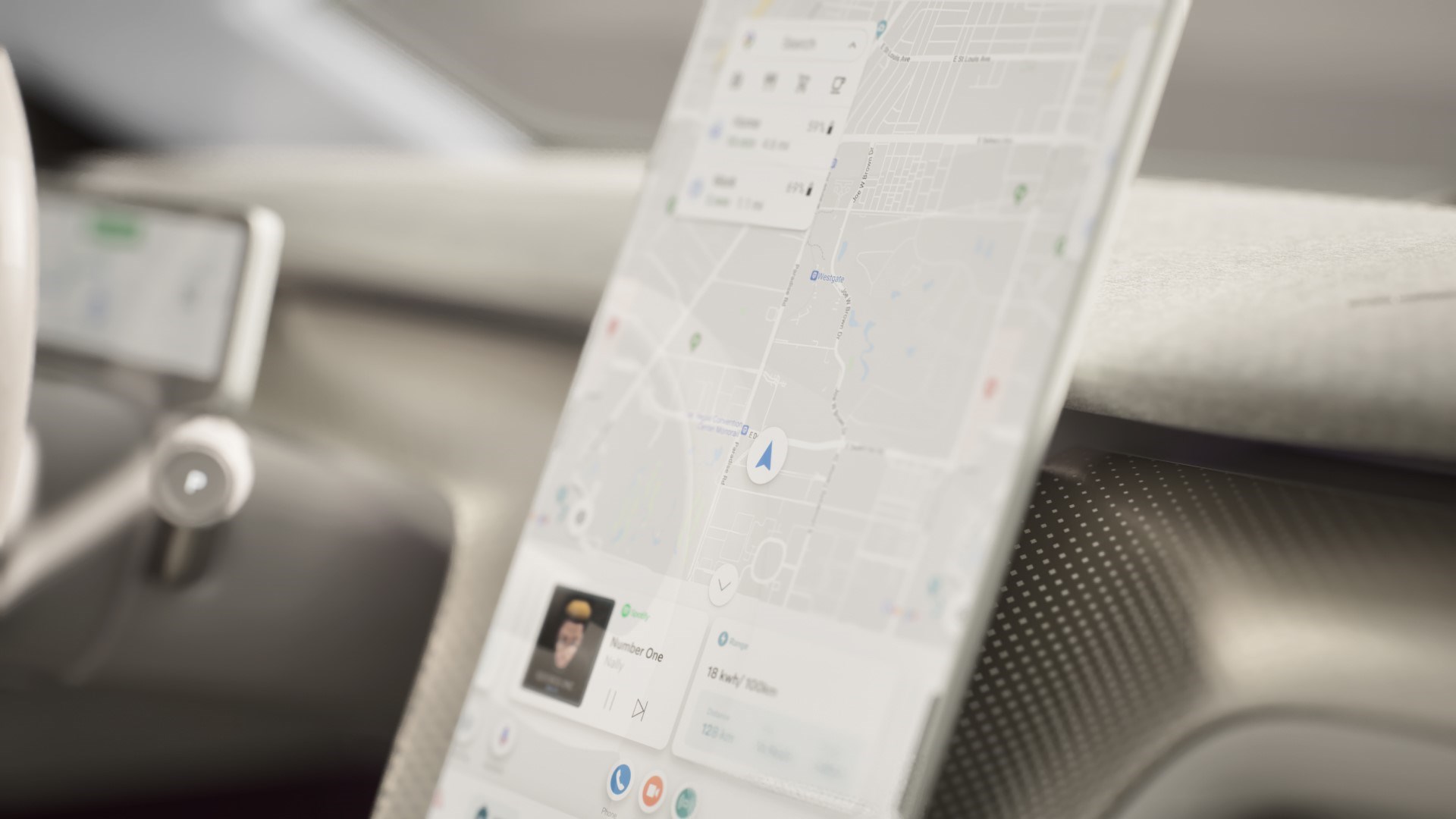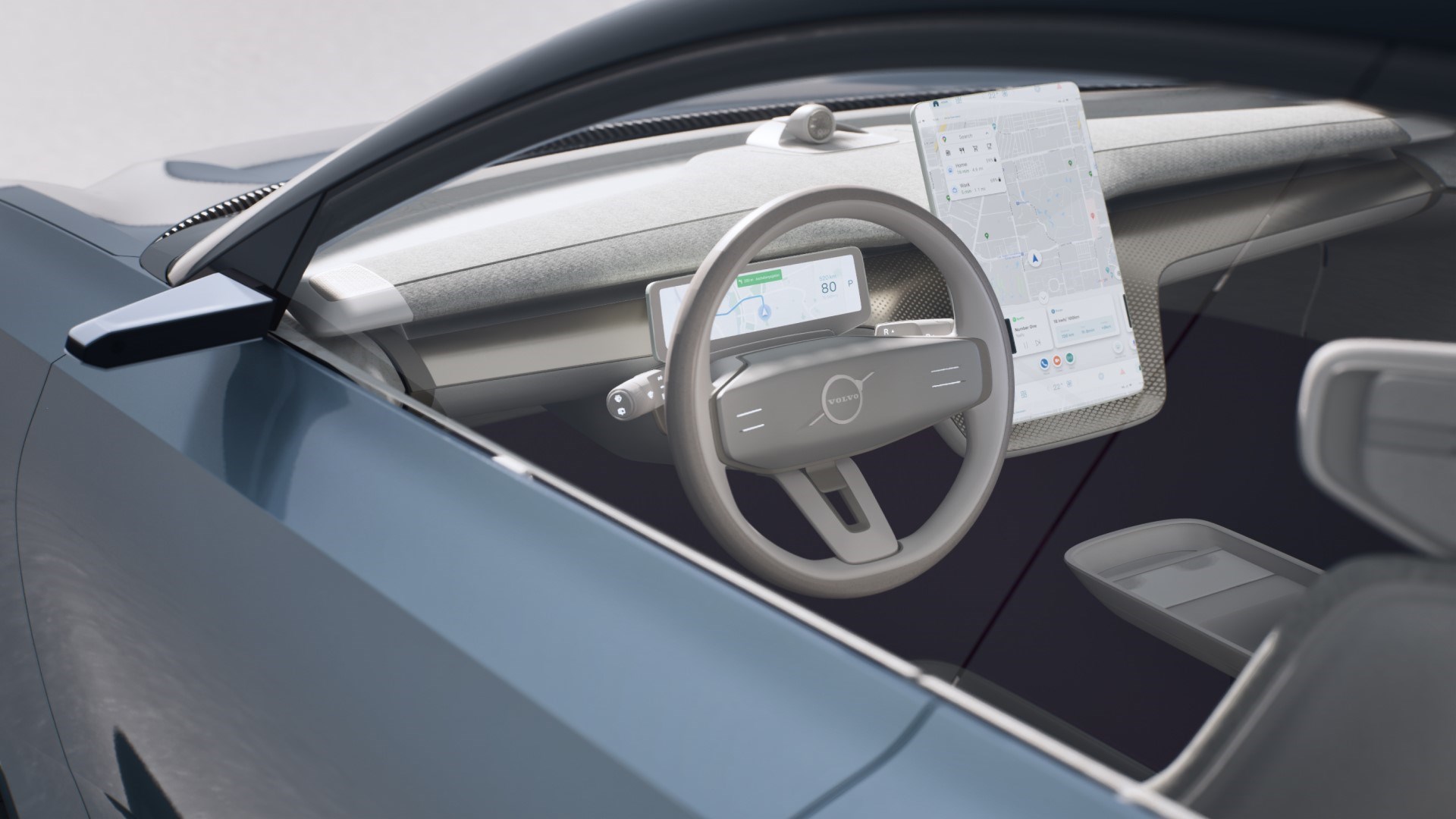Volvo announced that it will become the first European automaker to use the Unreal Engine to develop its Human Machine Interface (HMI). The technology will first be available on the all-electric XC90 successor it plans to unveil later this year.
The Unreal Engine, developed by Epic Games, is considered by many to be the most advanced real-time 3D creation tool on the market. Volvo will use it to create photorealistic animations within its infotainment system.
Thanks to the Unreal Engine, the automaker promises higher-quality graphics, sharper renderings, richer colors, and brand new 3D animations within the Driver Information Module, one of the displays that provides drivers with information and infotainment features.
Read More: Volvo Expands Partnership With Qualcomm To Make Infotainment Even Better
“To offer our customers the best possible user experience and contribute to a safe and personal drive, we need rich, immersive, and responsive visualization inside our cars,” said Henrik Green, chief product officer at Volvo Cars. “Running Unreal Engine in our cars enables this and makes it even more enjoyable to spend time inside a Volvo.”
Volvo will be able to run all of these high-quality animations thanks to the powerful computing power of its new Snapdragon Cockpit Platforms, provided by Qualcomm. The platform will allow graphics generation and processing in the cabin to be up to 10 times faster than it is in the automaker’s current vehicles.
“When you bring interactive, high-resolution graphics running in real-time into the car, you open the door to a vast range of new ways to inform and entertain everyone inside,” said Heiko Wenczel, Epic Games’ Director of Automotive and HMI for Unreal Engine. “Volvo Cars’ deeply talented design and product development teams have grasped this opportunity to do something fresh that will keep evolving with exciting new features that take advantage of the capabilities of Unreal Engine.”










